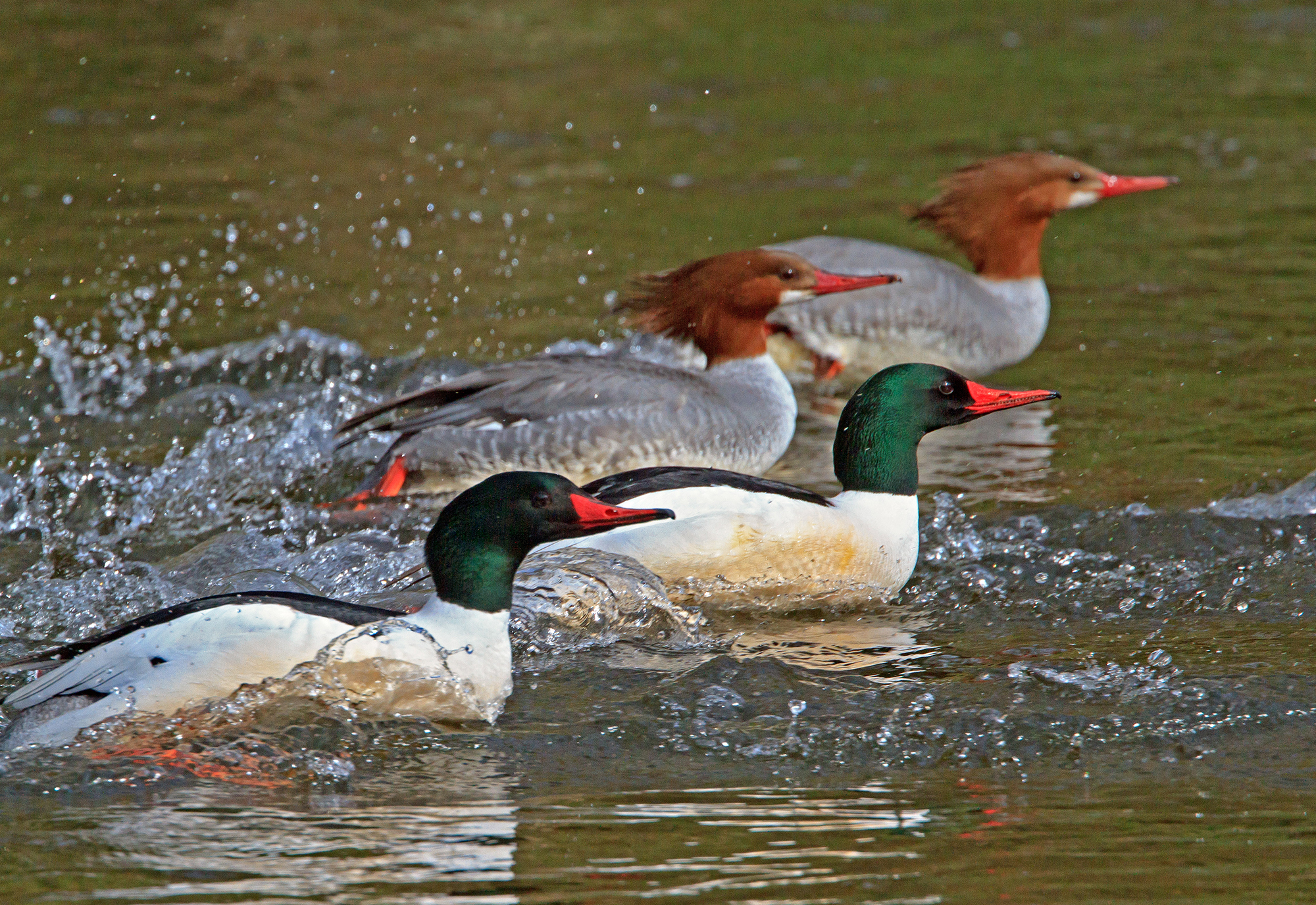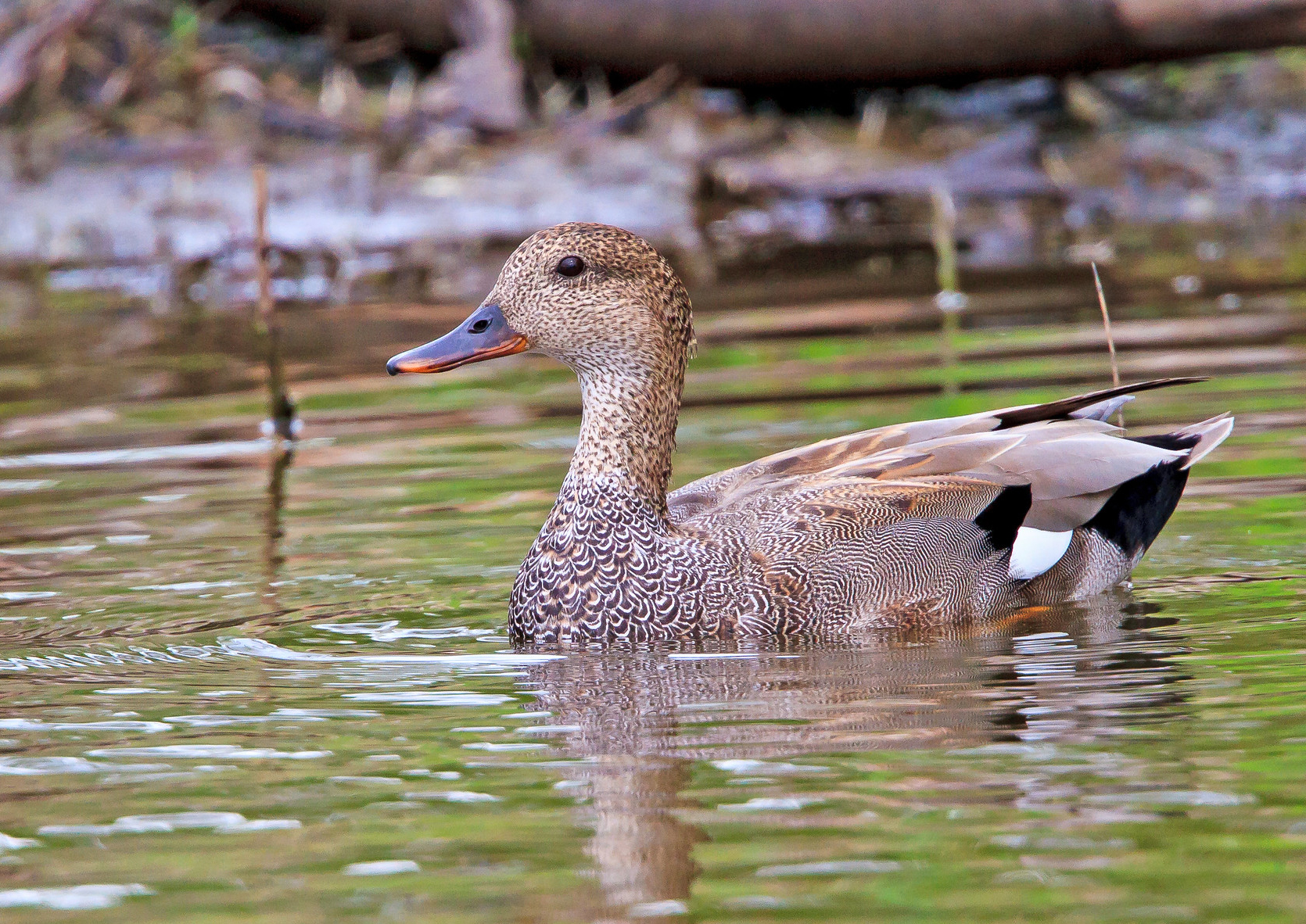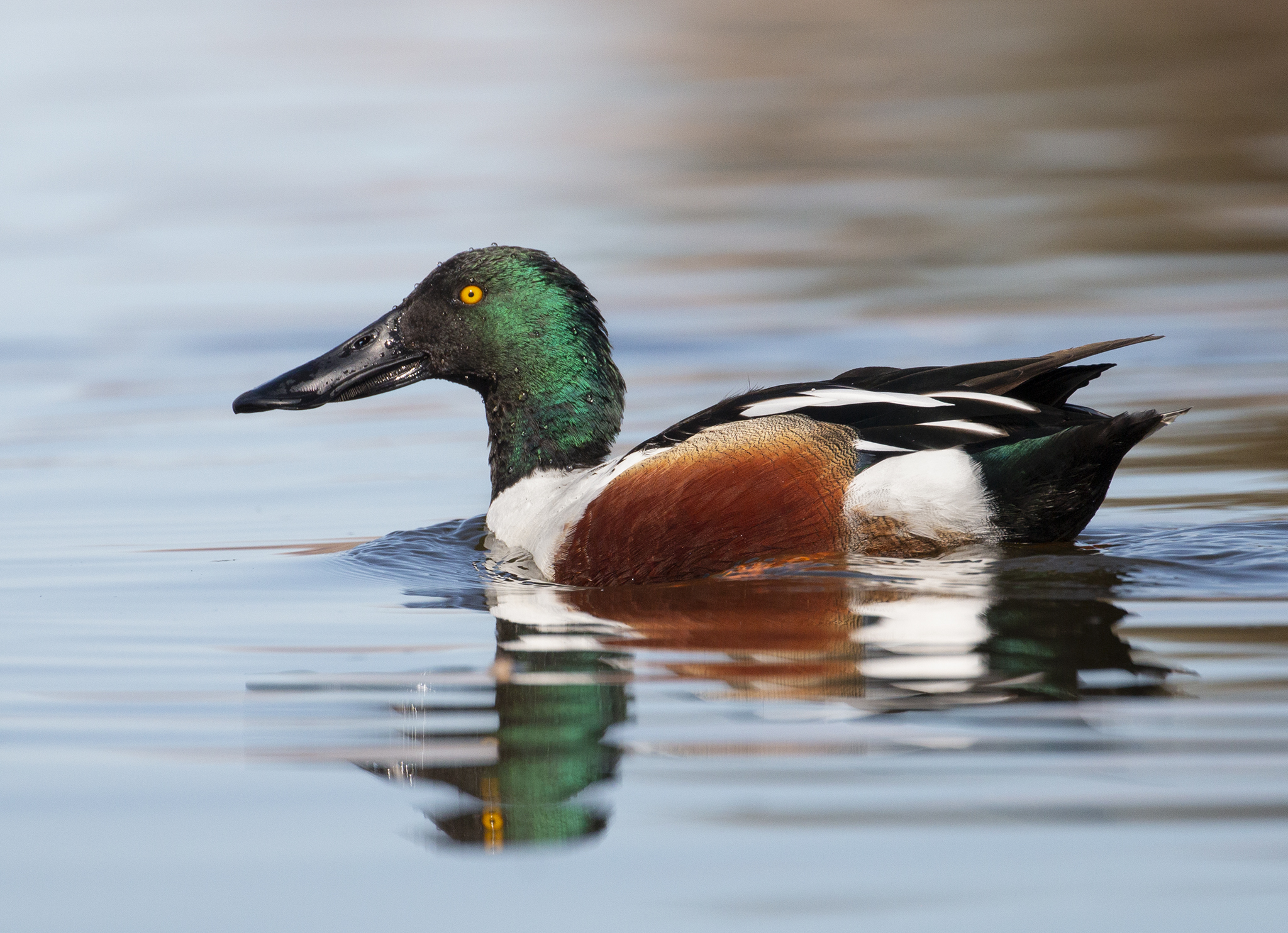Written by Janelle Wicks/Photo by Rick Vetter
The long-eared owl, Asio otus, is an uncommon sighting on Malheur National Wildlife Refuge, despite having a known history of nesting there. These birds are typically seen at the south end of the Refuge and usually observed by birders during the annual P Ranch Christmas Bird Count.
Long-eared owls are masters of camouflage with their streaky plumage and lanky bodies which seem to melt right into their surroundings. These nocturnal hunters are adapted to fly silently as is typical of owls. They will hunt for small mammals such as kangaroo rats, mice, voles, young rabbits, and similar critters.
Interestingly, the male’s can be heard over 1km when vocalizing. Anyone camping at Page Spring campground or staying at the Historic Frenchglen Hotel is encouraged to familiarize themselves with their call.
These large owls form monogamous pairs and move into stick nests made by other species such as magpies or ravens. They will lay 2-10 eggs and incubate them for 25 days before their fluffy white hatchlings demand an abundance of care and feeding. These chicks will ‘branch’ out before fledging and can make the family easier to spot.
While long-eared owls are classified as a species of relatively low concern their numbers are thought to be fluctuating from year to year and by locations. If you see a nesting pair or family of long-eared owls please remember to keep a distance significantly larger than your own comfort level any additional disturbance such as call back. We want these birds and others to feel safe returning to Malheur year after year.














